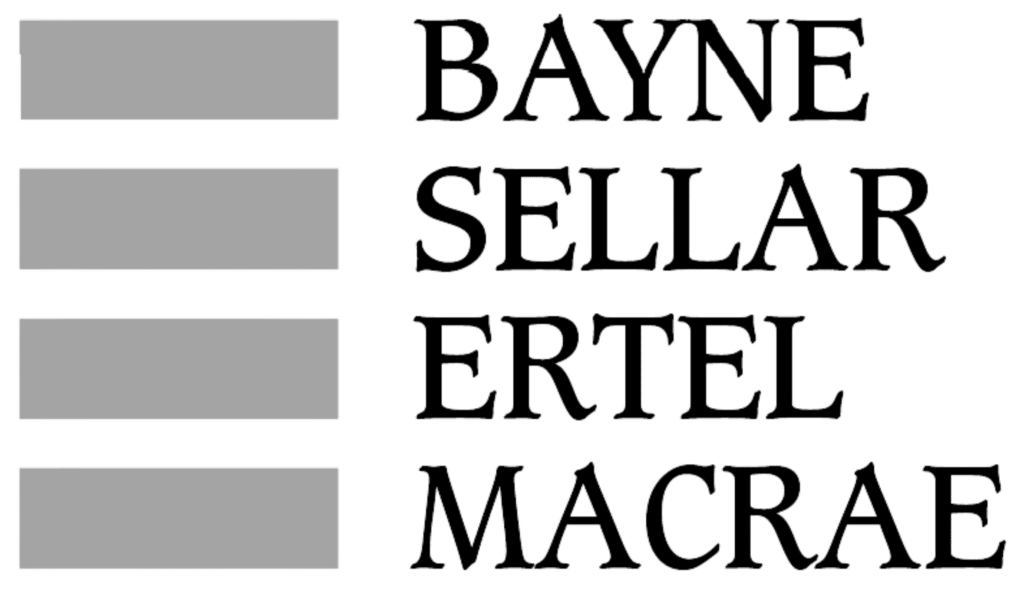The impaired driving provisions prohibit the operation of a conveyance while the person’s ability is impaired by drug or alcohol or by a combination of both (Section 320.14 of the Criminal Code).
As of December 2018, a conveyance means a “motor vehicle, a vessel, an aircraft or railway equipment”.
The law was already settled as to what constitutes a motor vehicle. For example, you can be found guilty of impaired operation of a John Deere Lawn lawnmower because it has a motor. However, until late 2018, the law as to what constitutes a vessel had not been heavily litigated in relation to an impaired driving charge.
Before the changes came effect in 2018, Justice West of the Ontario Court of Justice released the decision of R v Sillars, 2018 ONCJ 816. After considering the totality of the materials before the court, it was concluded that a vessel included a canoe. The Court further expanded it’s definition by adding that a vessel, includes any non-propelled vessel. This decision was released on November 15, 2018.
When the law changed on December 18, 2018, the following definitions were legislated in the Criminal Code:
· A conveyance means a: motor vehicle, a vessel, an aircraft or railway equipment
· Operate a vessel means: to navigate it, to assist in its navigation or to have care or control of it
· Vessel: includes a hovercraft
The Legislature did nothing to clarify whether a “vessel” in the context of impaired driving includes non-propelled vessels. As it stands, the Courts have to interpret these definitions. Despite R v Sillars being decided before the changes to the legislation, there is nothing to suggest that a “vessel” would be interpreted any differently now. As it stands, a canoe is a vessel.

